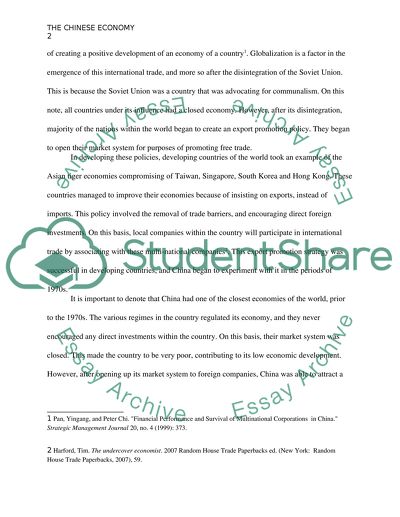Cite this document
(“How China Grew Rich Research Paper Example | Topics and Well Written Essays - 1500 words”, n.d.)
How China Grew Rich Research Paper Example | Topics and Well Written Essays - 1500 words. Retrieved from https://studentshare.org/macro-microeconomics/1621386-how-china-grew-rich
How China Grew Rich Research Paper Example | Topics and Well Written Essays - 1500 words. Retrieved from https://studentshare.org/macro-microeconomics/1621386-how-china-grew-rich
(How China Grew Rich Research Paper Example | Topics and Well Written Essays - 1500 Words)
How China Grew Rich Research Paper Example | Topics and Well Written Essays - 1500 Words. https://studentshare.org/macro-microeconomics/1621386-how-china-grew-rich.
How China Grew Rich Research Paper Example | Topics and Well Written Essays - 1500 Words. https://studentshare.org/macro-microeconomics/1621386-how-china-grew-rich.
“How China Grew Rich Research Paper Example | Topics and Well Written Essays - 1500 Words”, n.d. https://studentshare.org/macro-microeconomics/1621386-how-china-grew-rich.


